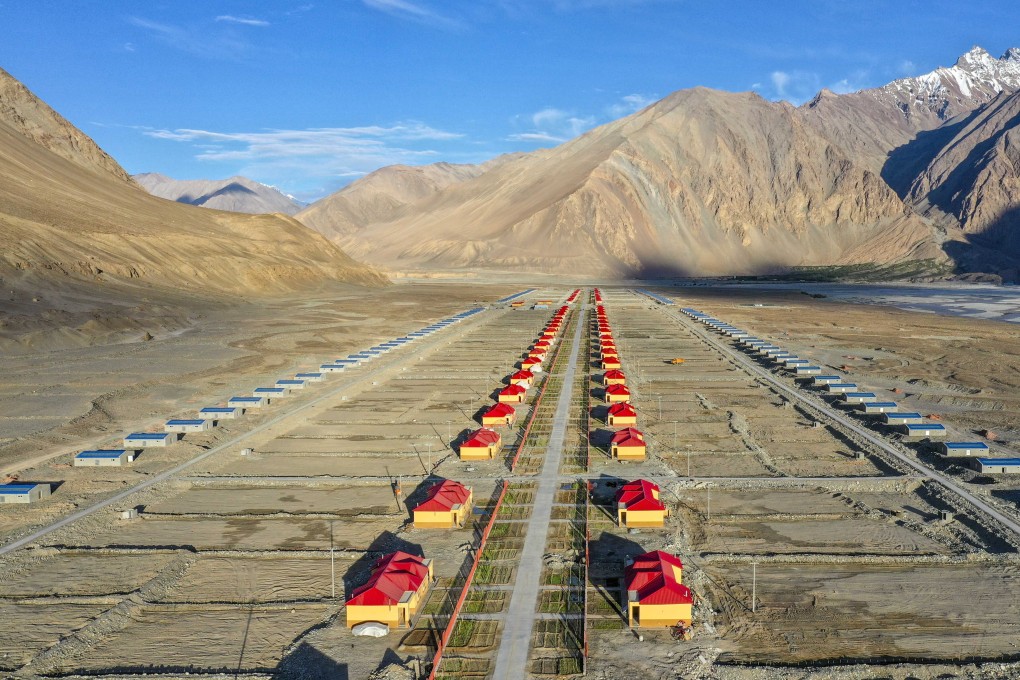China’s Xinjiang gets money, talent from ‘pairing assistance’, but is the controversial programme helping?
- Beijing says that Xinjiang’s people, especially those in ethnic minority groups, benefit from the initiative, which has brought trillions of yuan to the region
- But the US Department of State says billions in pairing-assistance funding has been used to build factories where alleged labour abuses take place

This is the second in a series of stories looking at China’s Xinjiang province and how the far-western region is coping economically under a series of US sanctions over alleged human rights violations and the widespread use of forced labour.
The idyllic setting – including snow-capped mountains, lush forests and wide-open prairies covered in flowers – makes the autonomous region appealing to the country’s growing middle class and wealthy tourists. It has also helped boost public support for Beijing’s “pairing assistance” initiative, intended to bring resources and prosperity to the far-western region.

03:36
Beijing hits back at Western sanctions against China’s alleged treatment of Uygur Muslims
What is ‘pairing assistance’?
Besides Xinjiang, other poor hinterland areas such as Tibet have also been targeted by this initiative to varying degrees since it was first rolled out in 1997.